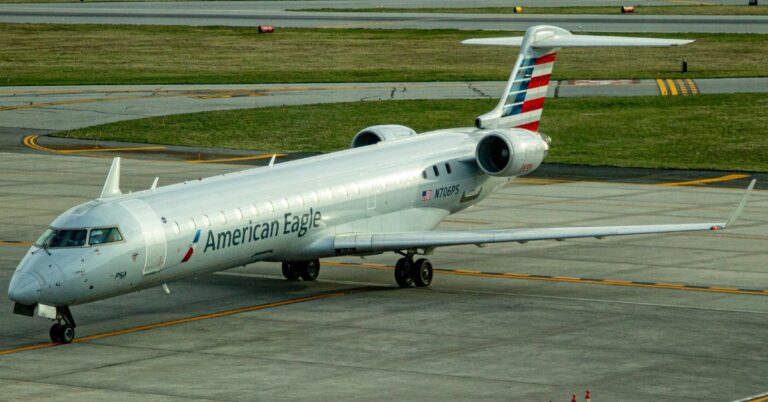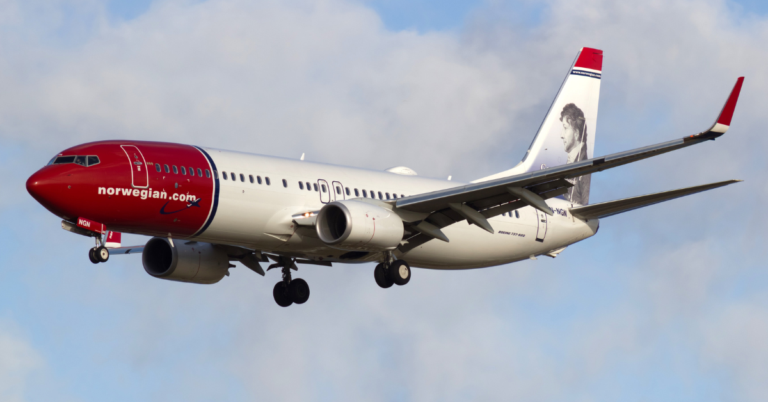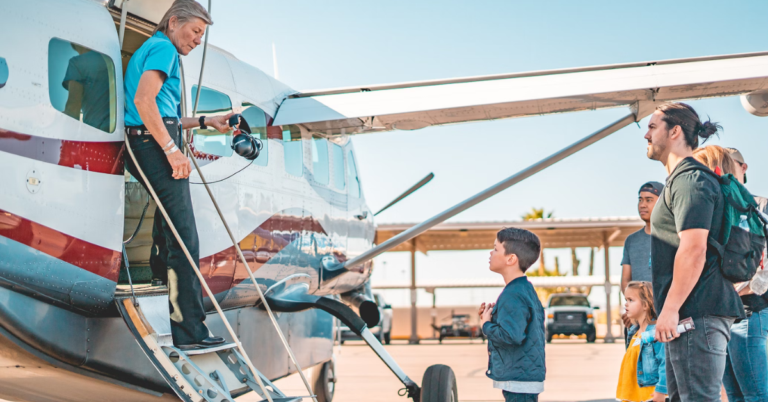15 Edible Items On The Airplane Menu That The Staff Doesn’t Like
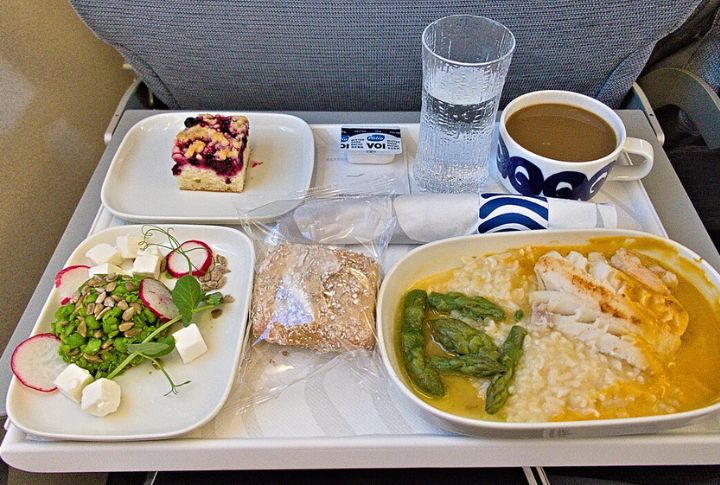
In-flight pantries carry bizarre secrets that the flight crew knows all too well. Some choices might even pose unexpected risks. So, the staff skips items that can turn a smooth journey into a stomach disaster. Here are some of those menu items you should know.
Tap Water

Brace yourself: studies have found E. coli lurking in onboard water tanks more times than anyone wants to acknowledge. Those reservoirs rarely get a thorough cleanse, yet they’re used for everything from making hot tea to chilling ice cubes. Frequent flyers know the rule—bottled hydration only.
Coffee

You should rethink your coffee craving mid-air. That piping hot cup of joe isn’t brewed with some fancy artesian spring water. It comes straight from the same sketchy tanks that may have sometimes flunked cleanliness tests.
Salad
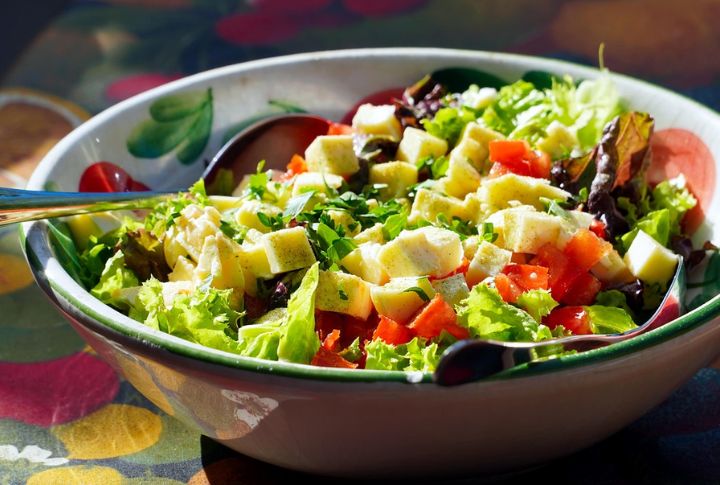
Nothing screams “farm-fresh” like a salad that’s taken a detour through hours of temperature changes. Those leafy greens were prepped long before takeoff, giving bacteria a VIP pass to thrive. Competent crew members often skip the wilted mystery mix and reach for a sealed snack.
Cheese
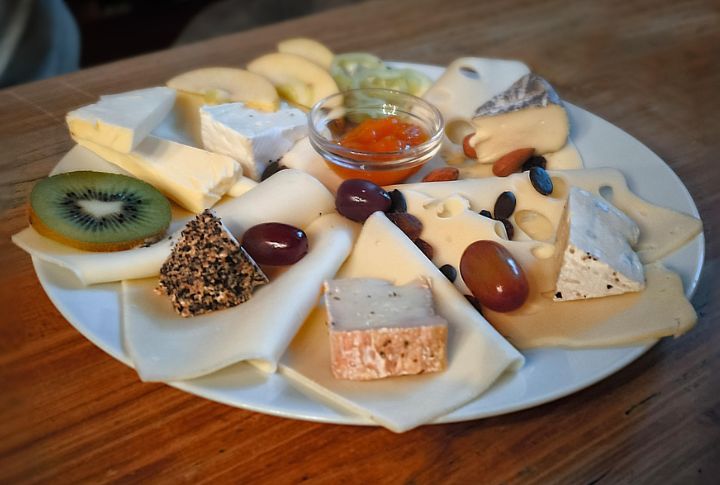
That fancy cheese platter isn’t as classy as it looks. Cheeses made from raw milk love bacteria more than you love vacation, and with questionable refrigeration onboard, they’re a petri dish in disguise. Some flight crews steer due to the fear of food poisoning.
Eggs
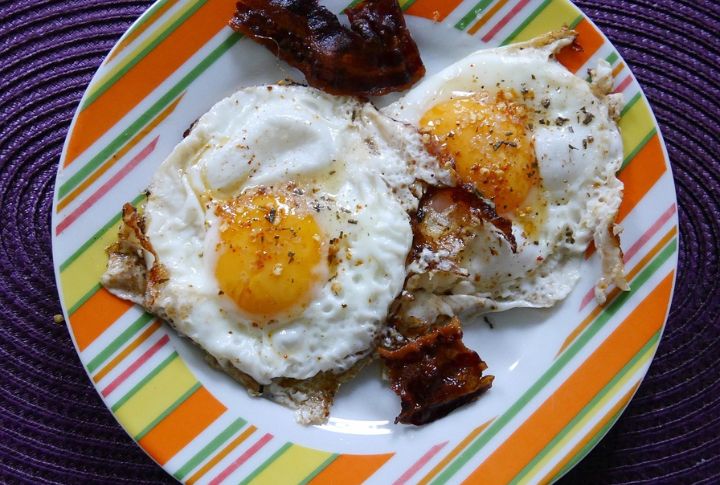
Eggs should be fluffy, not a science experiment gone wrong. In transit, they often come pre-mixed with stabilizers, preservatives, and artificial coloring to stay shelf-stable. The rubbery texture alone is a warning sign. That’s why some staff members sidestep these breakfast imposters, opting for more straightforward carb-heavy choices.
Meat
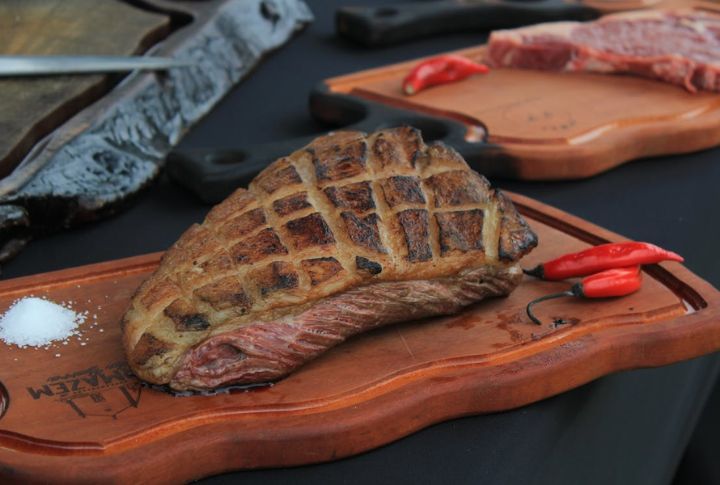
There have been instances where proteins onboard weren’t always stored at optimal temperatures before hitting the oven. This means anything served rare is an unnecessary risk. Crew members opt for well-done alternatives because an upset stomach in a cramped cabin isn’t fun.
Seafood
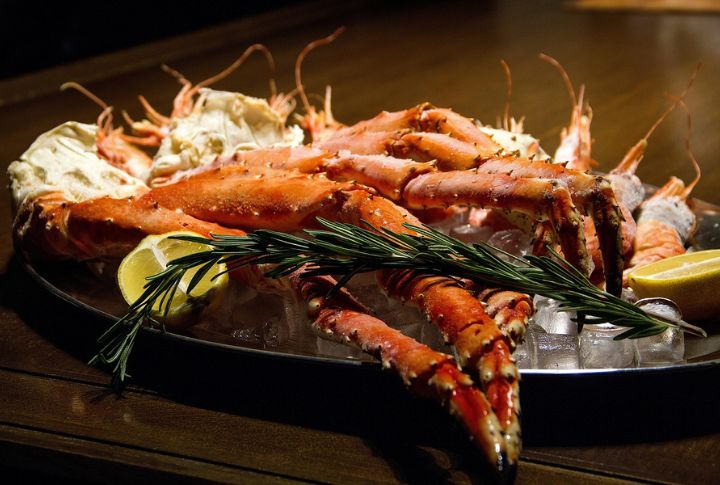
If a dish has traveled more miles than you have, reconsider. Most seafood options are pre-cooked, frozen, thawed, and reheated, which increases the chance of spoilage. Even experienced travelers abide by this rule: if the aroma is slightly off, don’t eat it.
Desserts
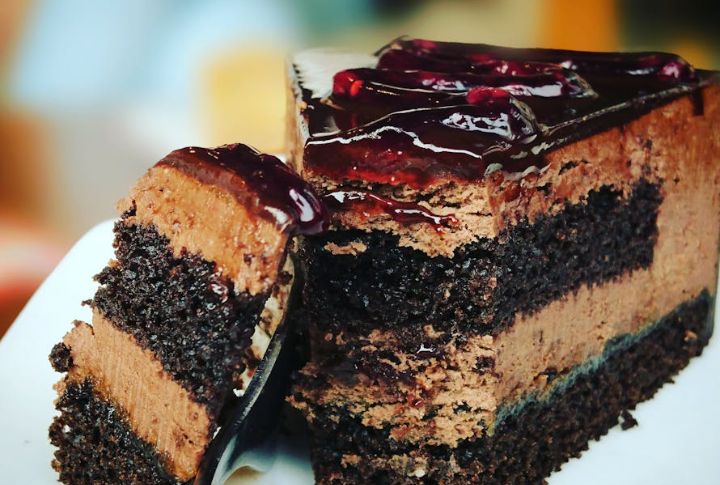
Cheesecake at 35,000 feet might be a questionable choice. Dairy-based sweets require strict refrigeration, as inconsistent storage can transform them into a playground for microbes. So you’ll rarely find a flight attendant having desserts. They stick to pre-packaged, shelf-stable sweets for peace of mind.
Fruits
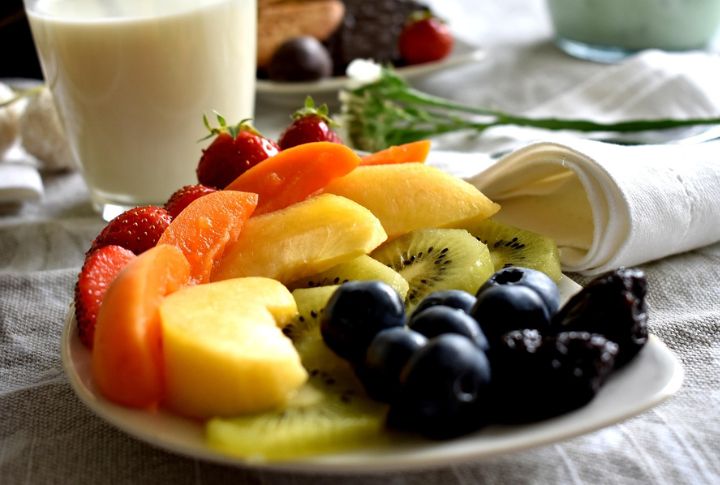
That “fresh” fruit on your tray? It’s more like a sad, flavorless relic of its former self. Pre-cut days in advance and left to battle cabin temperature swings, it becomes a mushy, bacteria-loving mess if not stored properly. Certain crew members skip it because limp melon cubes aren’t worth the stomach roulette.
Alcohol

A cocktail might seem harmless, but accompanied by lower oxygen levels, you may feel that the booze is hitting you hard. Count in the already dry cabin air, and alcohol becomes an express ticket to dehydration.
Ice Cubes
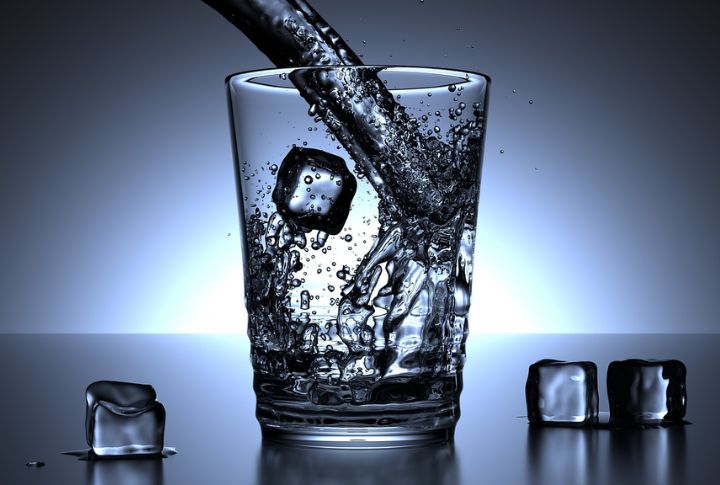
Think that ice in your in-flight drink is crisp and clean? Think again. Ice bins on planes don’t always get the best treatment, and those scoopers? Let’s say they’ve seen things. Flight attendants know better; hence, they skip the cubes. Maybe you should, too.
Toast
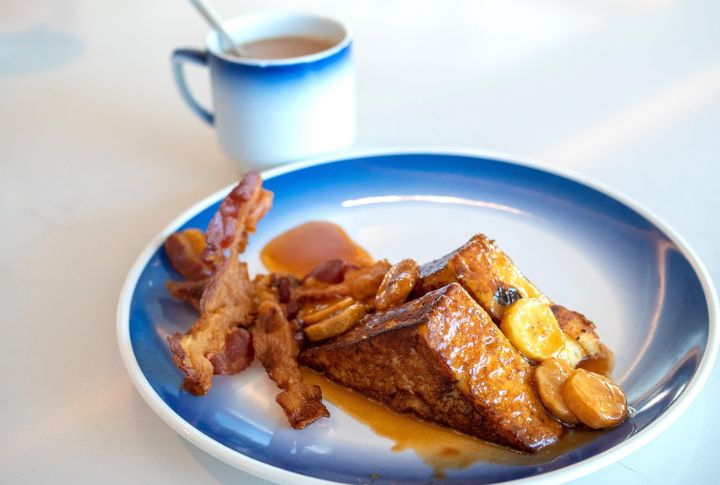
Airplane toast is a disaster waiting to happen. Forget the crispy perfection! Ovens onboard don’t cooperate, and nobody wants a sad, half-warmed slice. Even if they nailed it, toast turns into cardboard in minutes. By the time it reaches you, it’s stale regret on a plate.
Diet Coke
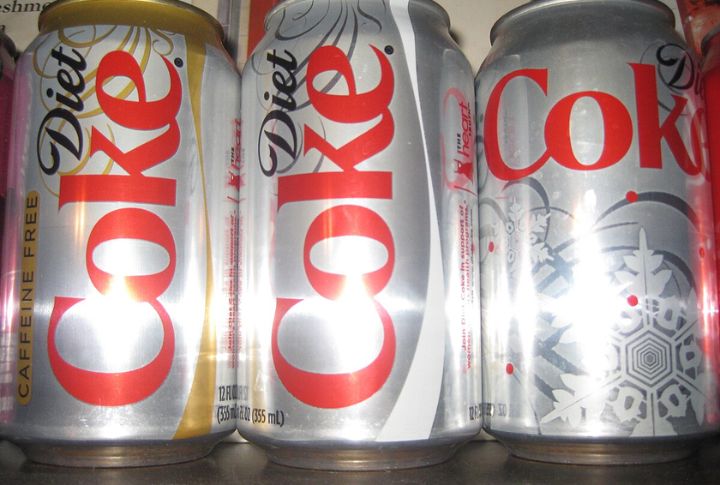
Beware! That innocent-looking drink can become an overexcited science experiment, foaming over like it just won the lottery. The altitude is to be blamed because lower air pressure makes the carbonation go wild. So, enjoy the view, but pour with caution!
Peanuts
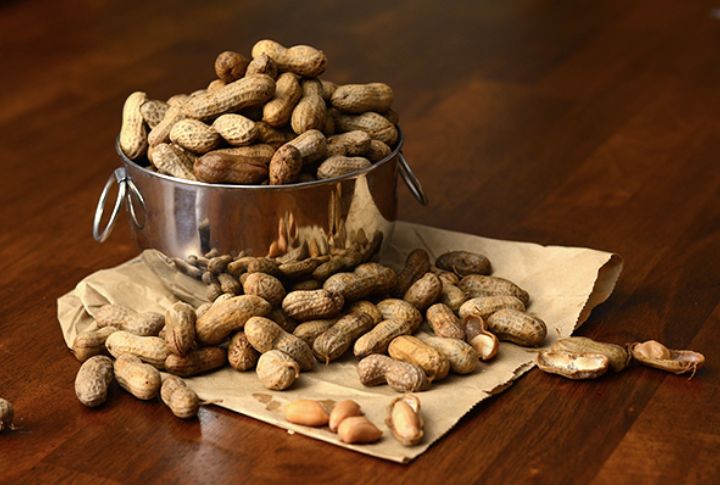
Peanuts used to be everywhere—airplanes, school lunches, vending machines. In the present times, they’re slowly losing their popularity. With rising allergies, schools and airlines have banished them like they’re toxic waste. A snack once beloved is now treated like a biological hazard.
Unpasteurized dairy
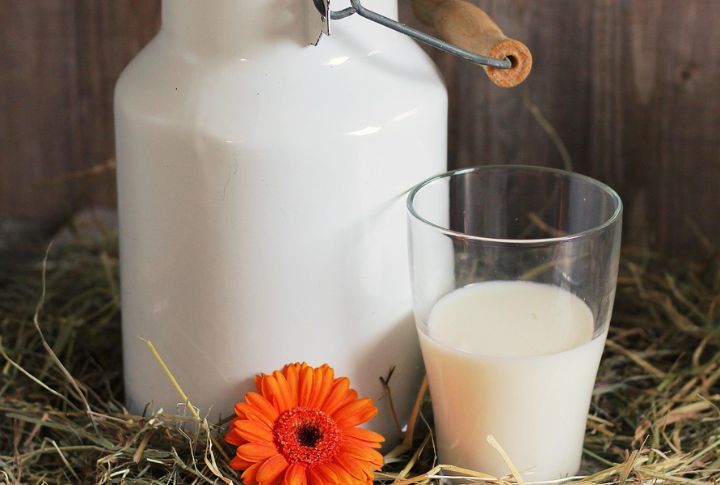
Unpasteurized dairy might have that old-school appeal, but it also comes with bonus bacteria like E. coli and Listeria and is free of charge! So, you can either take the risk or stick to the safer, heat-treated stuff instead.

